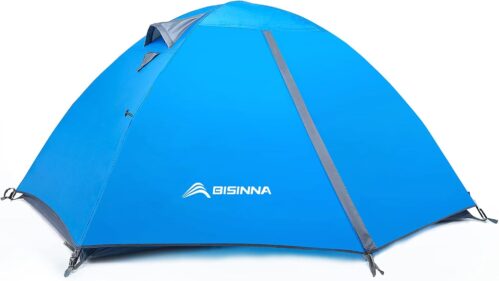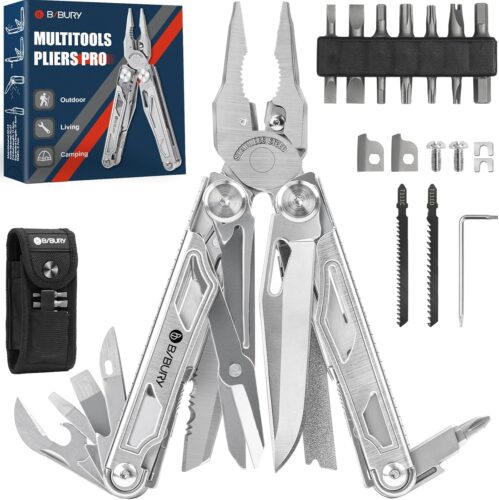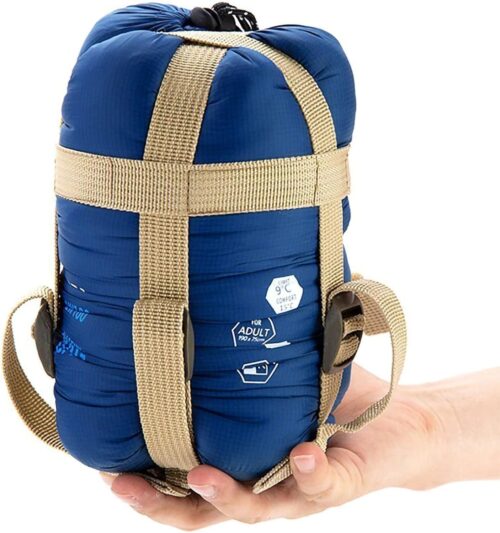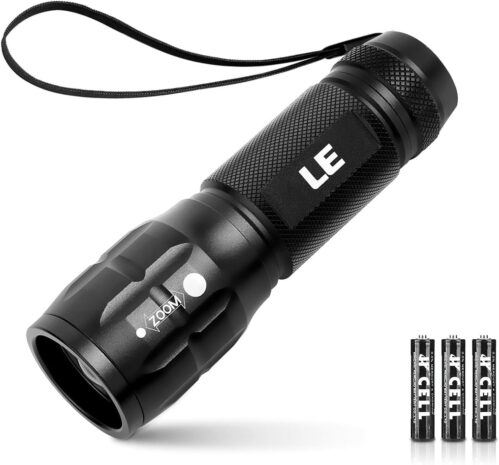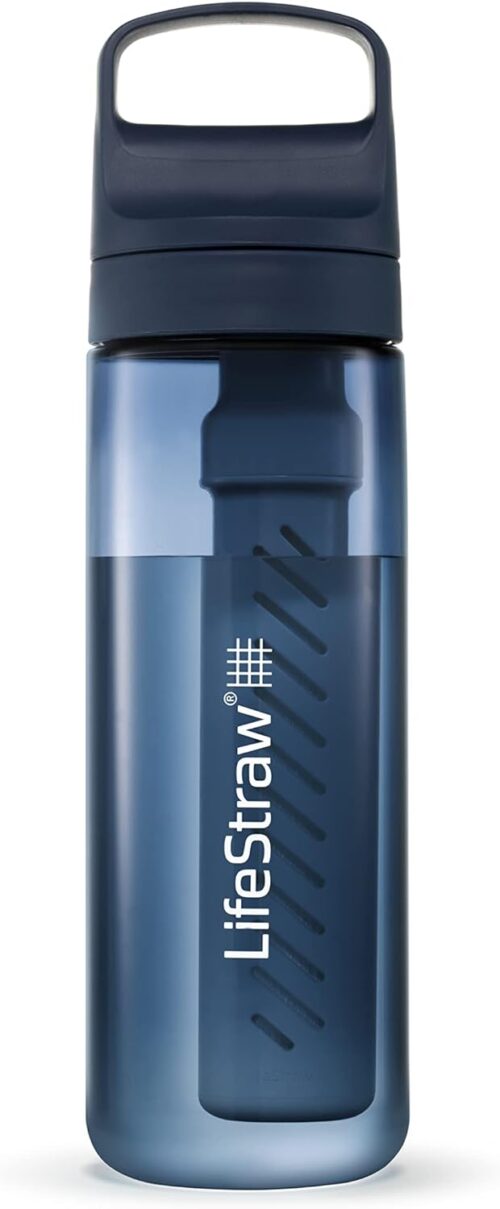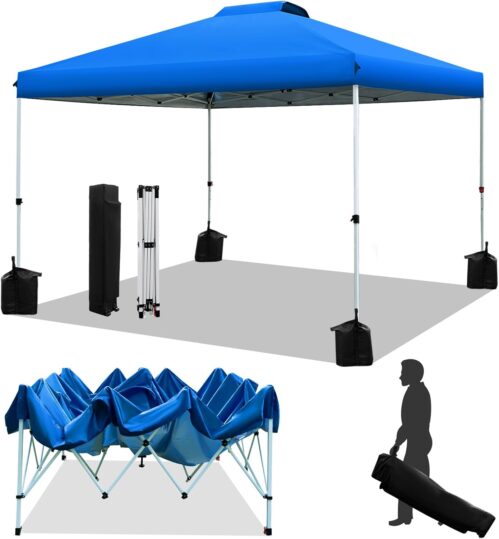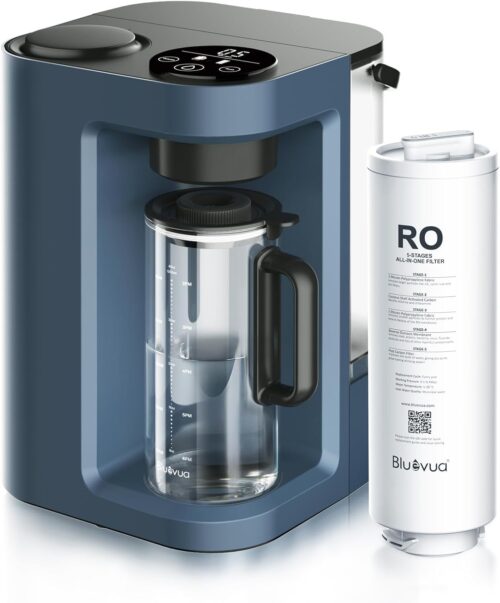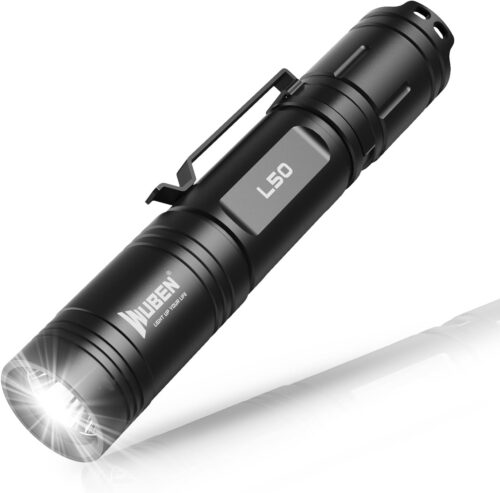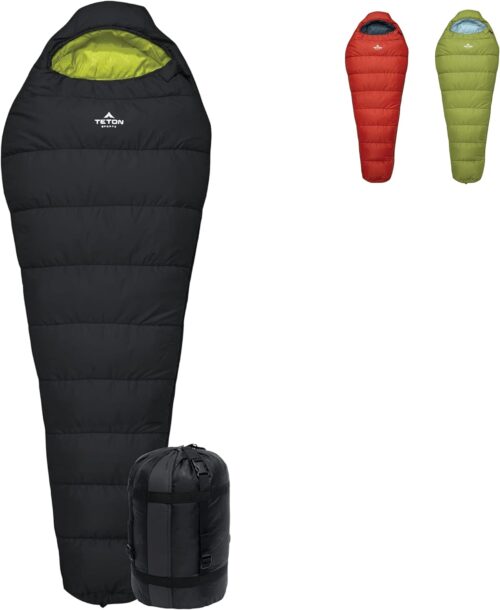
As you gear up for your winter hiking adventures, the key to a successful outing lies in mastering the balance between safety and comfort in chilly environments. From layering up intelligently to staying nourished and hydrated, there’s a plethora of tips that can make or break your experience. But there’s one crucial aspect that often gets overlooked, a factor that could be the game-changer in your winter hiking escapades. Intrigued to uncover this hidden gem that could elevate your cold-weather hiking game? Stay tuned to unravel the mystery that could revolutionize your snowy excursions.
Layering for Warmth
Ensure you stay warm and comfortable during your winter hikes by mastering the art of layering. Start with a moisture-wicking base layer to keep sweat away from your skin. Merino wool or synthetic materials are excellent choices.
The middle layer should provide insulation, such as a fleece jacket or down vest. This layer traps heat to keep you warm.
Finally, the outer layer should be windproof and waterproof to protect you from the elements. A good quality jacket with sealed seams will shield you from rain, snow, and wind.
Remember to adjust your layers as needed throughout your hike. If you start to sweat, consider unzipping your jacket or removing a layer to prevent overheating. Conversely, if you feel cold, add an extra layer to maintain your body heat.
Proper layering is key to regulating your body temperature and staying comfortable during winter adventures. Experiment with different combinations to find what works best for you.
Essential Gear and Equipment
To gear up appropriately for your winter hike, consider the essential gear and equipment you’ll need to ensure a safe and enjoyable outdoor experience.
Start with a sturdy pair of waterproof and insulated hiking boots to keep your feet warm and dry. Layering is key, so pack moisture-wicking base layers, insulating mid-layers, and a waterproof and windproof outer shell. Don’t forget a warm hat, gloves, and wool socks to protect your extremities from the cold.
Carry a backpack with essentials like a map, compass, and a fully charged cell phone. A headlamp or flashlight is crucial in case you end up hiking in the dark. Consider bringing a first aid kit, emergency blanket, and a multi-tool for unexpected situations. Trekking poles can provide stability on slippery terrain.
Lastly, pack enough water bottles or a hydration system, high-energy snacks, and a thermos with a hot drink to stay hydrated and fueled during your winter adventure. Being prepared with the right gear will help you stay safe and comfortable while enjoying the beauty of the winter landscape.
Food and Hydration Tips
Consider packing nutrient-dense snacks and a hydration system to keep your energy levels up during your winter hike. Opt for lightweight, high-energy foods like nuts, dried fruits, granola bars, and jerky to provide a quick energy boost without weighing you down. These snacks are easy to pack, non-perishable, and can help sustain your energy levels throughout the day.
Additionally, staying hydrated is crucial in cold weather, as you may not feel as thirsty as you do in warmer conditions. Carry a water bottle or a hydration pack and sip on fluids regularly to prevent dehydration.
Remember that water sources may be frozen during winter hikes, so it’s important to pack enough water or bring a portable water filter to melt snow or ice for drinking. Hot beverages like tea or soup can also help keep you warm and hydrated. Avoid alcohol and caffeine, as they can contribute to dehydration.
Safety Precautions and Emergency Preparedness
Pack essential safety gear such as a first aid kit, emergency blanket, and a whistle to be prepared for any unexpected situations during your winter hike. These items can make a significant difference in case of an emergency. Additionally, carry a map, compass, or GPS device to help you navigate and prevent getting lost. Before heading out, inform someone of your hiking plans and expected return time. This way, if you don’t return as scheduled, someone will be aware and can alert the authorities.
It’s crucial to dress appropriately for the winter conditions. Wear multiple layers to stay warm and dry, including moisture-wicking base layers, insulating mid-layers, and a waterproof outer layer. Ensure you have proper footwear with good traction to prevent slips and falls on icy terrain. Stay hydrated and pack high-energy snacks to maintain your energy levels throughout the hike.
In case of an emergency, stay calm and assess the situation. Use your whistle to signal for help, and if needed, find shelter from the wind and elements. Remember that safety should always be a top priority when exploring winter landscapes.
Adventure Gear

